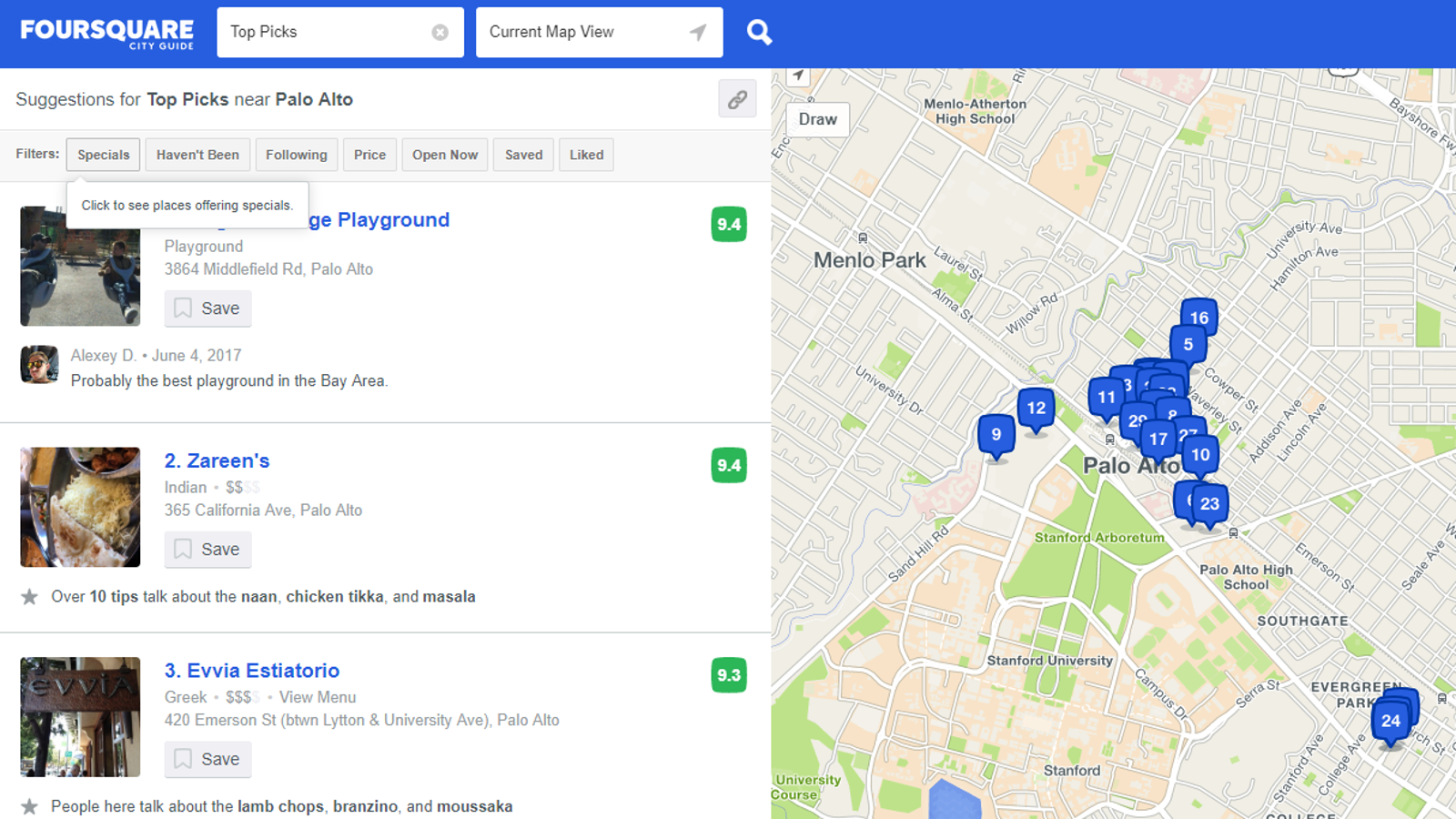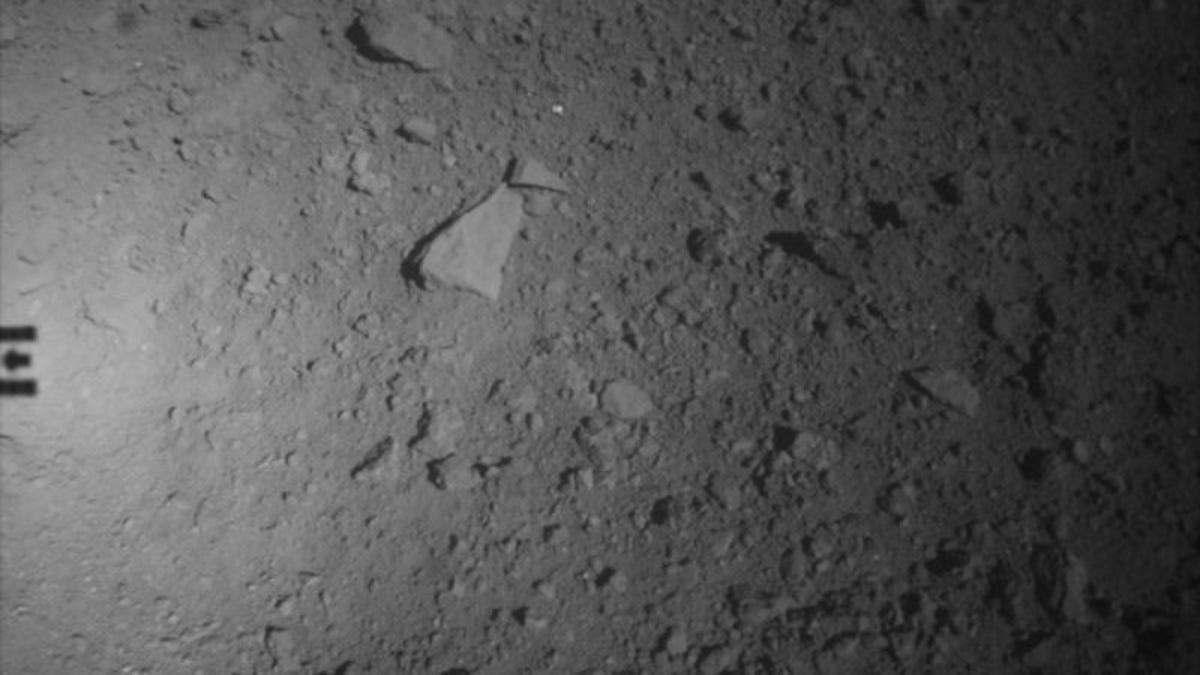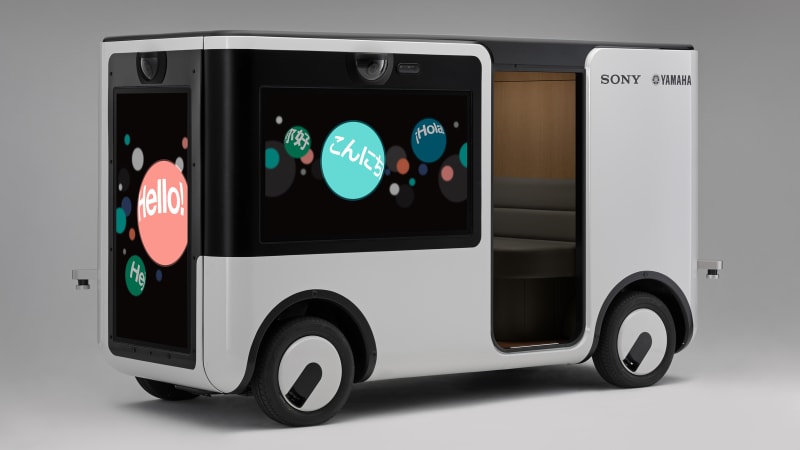https://www.space.com/quantum-gravity.html
Gravity was the first fundamental force that humanity recognized, yet it remains the least understood. Physicists can predict the influence of gravity on bowling balls, stars and planets with exquisite accuracy, but no one knows how the force interacts with minute particles, or quanta. The nearly century-long search for a theory of quantum gravity — a description of how the force works for the universe’s smallest pieces — is driven by the simple expectation that one gravitational rulebook should govern all galaxies, quarks and everything in between. [Strange Quarks and Muons, Oh My! Nature’s Tiniest Particles Dissected (Infographic)]
“If there is no theory [of quantum gravity], then the universe is just chaos. It’s just random,” said Netta Engelhardt, a theoretical physicist at the Massachusetts Institute of Technology. “I can’t even say that it would be chaotic or random because those are actually legitimate physical processes.”
The edge of general relativity
At the heart of the thorniest problem in theoretical physics lies a clash between the field’s two greatest triumphs. Albert Einstein’s theory of general relativity replaced Isaac Newton’s notion of simple attraction between objects with a description of matter or energy bending space and time around it, and nearby objects following those curved paths, acting as if they were attracted to one another. In Einstein’s equations, gravity is the shape of space itself. His theory kept the traditional description of a smooth, classical universe — one where you can always zoom in further to a smaller patch of space.
General relativity continues to ace every test astrophysicists throw at it, including situations Einstein never could have imagined. But most experts expect Einstein’s theory to fall short someday, because the universe ultimately appears bumpy, not smooth. Planets and stars are really collections of atoms, which, in turn, are made up of electrons and bundles of quarks. Those particles hang together or break apart by swapping other types of particles, giving rise to forces of attraction and repulsion.
Electric and magnetic forces, for example, come from objects exchanging particles known as virtual photons. For example, the force sticking a magnet to the fridge can be described as a smooth, classical magnetic field, but the field’s fine details depend on the quantum particles that create it. Of the universe’s four fundamental forces (gravity, electromagnetism, and the strong and weak nuclear forces), only gravity lacks the “quantum” description. As a result, no one knows for sure (although there are plenty of ideas) where gravitational fields come from or how individual particles act inside them.
The odd force out
The problem is that even though gravity keeps us stuck to the ground and generally acts as a force, general relativity suggests it’s something more — the shape of space itself. Other quantum theories treat space as a flat backdrop for measuring how far and fast particles fly. Ignoring the curvature of space for particles works because gravity is so much weaker than the other forces that space looks flat when zoomed in on something as small as an electron. The effects of gravity and the curvature of space are relatively obvious at more zoomed-out levels, like planets and stars. But when physicists try to calculate the curvature of space around an electron, slight as it may be, the math becomes impossible.
In the late 1940s physicists developed a technique, called renormalization, for dealing with the vagaries of quantum mechanics, which allow an electron to spice up a boring trip in an infinite variety of ways. It may, for instance, shoot off a photon. That photon can split into an electron and its antimatter twin, the positron. Those pairs can then shoot off more photons, which can split into more twins, and so on. While a perfect calculation would require counting up the infinite variety of electron road trips, renormalization let physicists gather the unruly possibilities into a few measurable numbers, like the electron charge and mass. They couldn’t predict these values, but they could plug in results from experiments and use them to make other predictions, like where the electron is going.
Renormalization stops working when theoretical gravity particles, called gravitons, enter the scene. Gravitons also have their own energy, which creates more warping of space and more gravitons, which create more warping, and more gravitons, and so on, generally resulting in a giant mathematical mess. Even when physicists try to pile some of the infinities together to measure experimentally, they end up drowning in an infinite number of piles.
“It effectively means that you need an infinite number of experiments to determine anything,” Engelhardt said, “and that’s not a realistic theory.”
The theory of general relativity says the universe is a smooth fabric, and quantum mechanics says it’s a bumpy mess of particles. Physicists say it can’t be both.
(Image credit: Shutterstock)
In practice, this failure to deal with curvature around particles grows fatal in situations where lots of mass and energy twist space so tightly that even electrons and their ilk can’t help but take notice — such as the case with black holes. But any particles very near — or worse, inside — the pits of space-time certainly know the rules of engagement, even if physicists don’t.
“Nature has found a way to make black holes exist,” Robbert Dijkgraaf, director of the Institute for Advanced Study in Princeton, New Jersey, wrote in a publication for the institute. “Now it is up to us to find out what nature knows and we do not yet.”
Bringing gravity into the fold
Using an approximation of general relativity (Engelhardt called it a “Band-Aid”), physicists have developed a notion of what gravitons might look like, but no one expects to see one anytime soon. One thought experiment suggests it would take 100 years of experimentation by a particle collider as heavy as Jupiter to detect one. So, in the meantime, theorists are rethinking the nature of the universe’s most fundamental elements.
One theory, known as loop quantum gravity, aims to resolve the conflict between particles and space-time by breaking up space and time into little bits — an ultimate resolution beyond which no zooming can take place.
String theory, another popular framework, takes a different approach and swaps out particles for fiber-like strings, which behave better mathematically than their point-like counterparts. This simple change has complex consequences, but one nice feature is that gravity just falls out of the math. Even if Einstein and his contemporaries had never developed general relativity, Engelhardt said, physicists would have stumbled upon it later through string theory. “I find that pretty miraculous,” she said.
And string theorists have uncovered further hints that they’re on a productive track in recent decades, according to Engelhardt. Simply put, the idea of space itself may be distracting physicists from a more fundamental structure of the universe.
Theorists discovered in the late 1990s that descriptions of a simple, box-like universe including gravity were mathematically equivalent to a picture of a flat universe with only quantum physics (and no gravity). The ability to jump back and forth between the descriptions suggests that space may not be a fundamental ingredient of the cosmos but rather a side effect that emerges from particle interactions.
As hard as it might be for us mortals embedded in the fabric of space to imagine, the relationship between space and particles might be something like the one between room temperature and air molecules. Physicists once thought of heat as a fluid that flowed from a warm room to a cool room, but the discovery of molecules revealed that what we sense as temperature “emerges” from the average speed of air molecules. Space (and equivalently, gravity) may similarly represent our large-scale experience of some small-scale phenomenon. “Within string theory, there are pretty good indications at this point that space is actually emergent,” Engelhardt said.
But string theory’s universe in a box has a different shape from the one we see (although Engelhardt said this difference may not be a deal breaker, since quantum gravity could act the same way for all possible universe shapes). Even if lessons from the box universe do apply in reality, the mathematical framework remains rough. Physicists are a long way from cutting their theoretical ties to space and achieving an accurate description of quantum gravity in all its bumpy glory.
While they continue to work out the substantial mathematical kinks in their respective theories, some physicists harbor hope that their astrophysical observations may someday nudge them in the right direction. No experiment to date has diverged from general relativity’s predictions, but in the future, a diverse array of gravitational-wave detectors sensitive to many wave sizes could catch the subtle whispers of gravitons. However, Engelhardt said, “my instinct would be to look at the cosmos rather than to look at particle colliders.”
Additional resources:
via Space.com https://ift.tt/2CqOJ61
August 27, 2019 at 01:31PM





